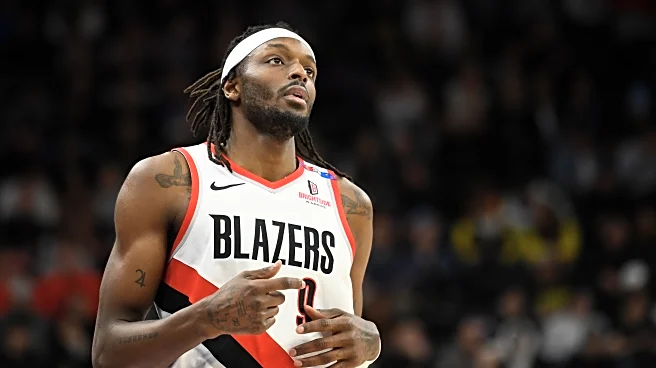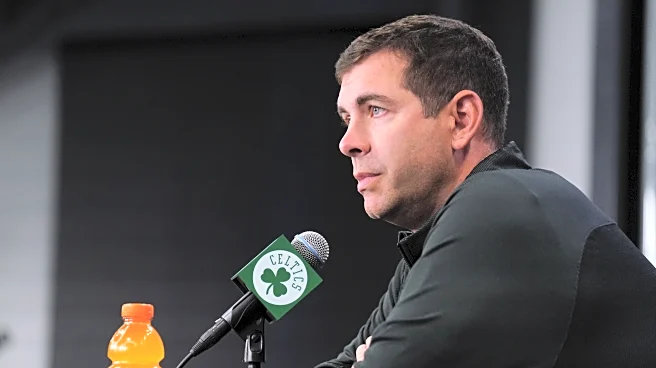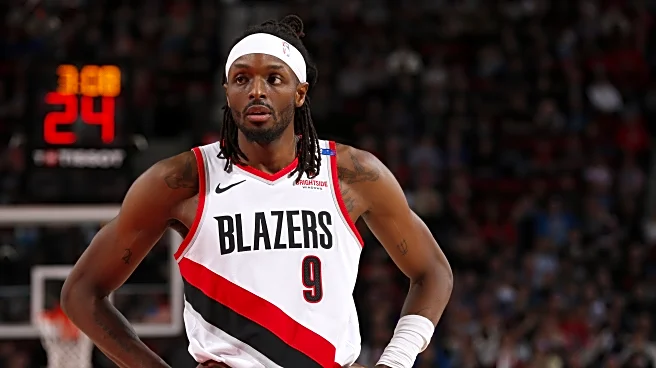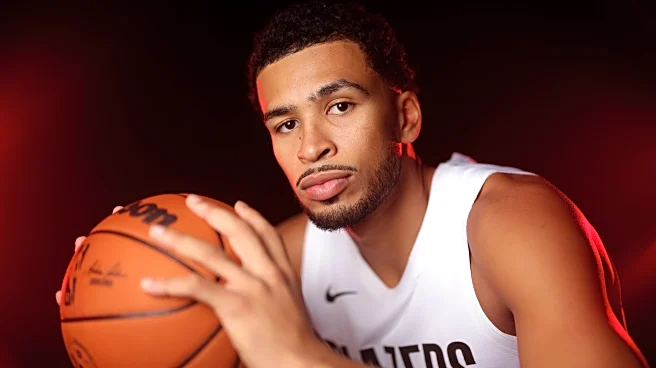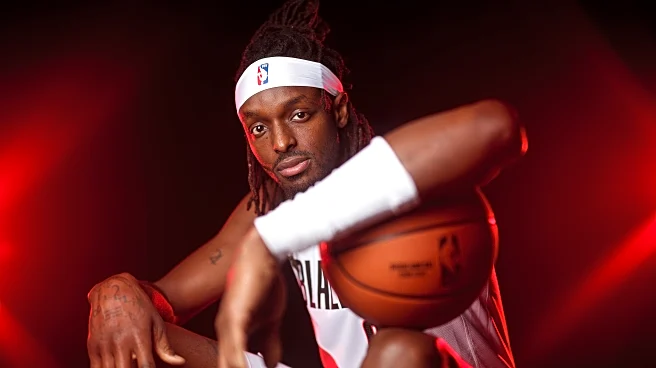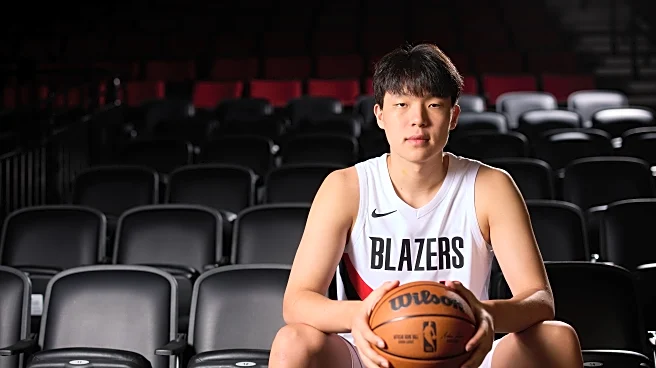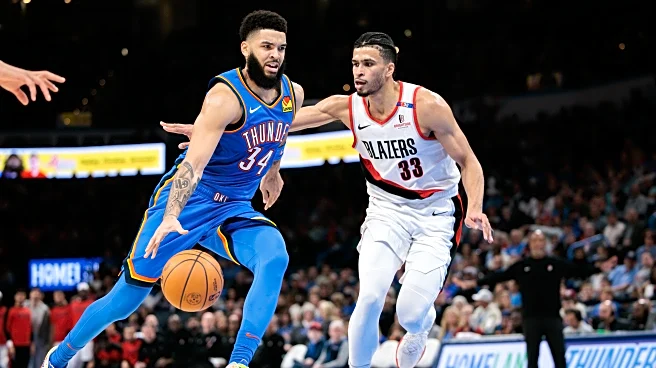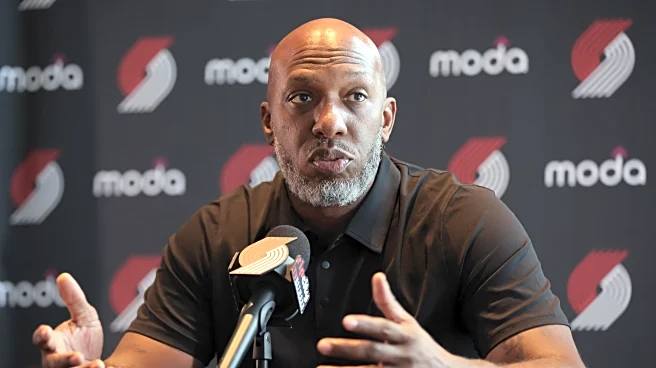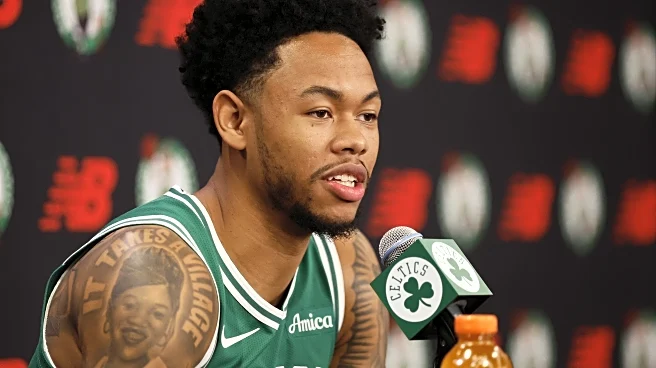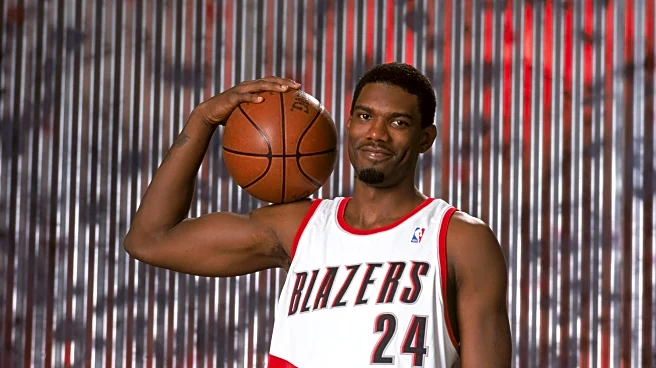Portland Trail Blazers training camp is underway. Soon the Blazers will embark on their 2024-25 regular-season campaign. As the pre-season festivities unfold, we’re examining some of the questions the Blazers will need
to answer before we can trust in a potential Renaissance. First we looked at the halfcourt offense through the lens of three-point shooting. Then we examined the transition game and their ability to rebound. Now we’re going to strike at the heart of the matter, Portland’s new look on defense.
The initial reaction to this topic might be, “Why is this a question? The whole team is built around defense! It’s what they do!” That’s true. Defense is the heart and soul, the one aspect of the game the Blazers are banking on above all others. That’s precisely why it’s so critical, thus a big question. If Portland doesn’t get this right, their season is probably doomed.
The Blazers ranked in the middle of the league in Defensive Efficiency last season. They struggled at the beginning of the year then came on strong in the second half. Portland fans are hoping that the turn-around heralds a new era, the proof-of-concept for the rebuilding blueprint.
There’s reason to raise an eyebrow at the claim, however. The Blazers finished the season 28th in fastbreak points allowed, 20th in free throw attempts allowed, and only 14th in three-point percentage allowed despite that being one of their strong points the prior year. (They finished 4th in the league in 2023-24.) The cumulative result: a lot of easy “extra” points for opponents.
Portland might have made up for this if they had a super-solid foundational defense, but they were middle of the road at best. The Blazers finished 22nd in field goal percentage allowed and 15th in total points allowed per game.
Even a mediocre defensive season was welcome compared to efforts of the past, particularly with the post-New-Year’s surge mentioned above. But mediocre won’t cut it this year. The Blazers lost their leading scorer over the summer in Anfernee Simons. They have not replaced him with a similar point-producer. The law of averages say that somebody will pick up, but their key players this year look to be Deni Avdija, Shaedon Sharpe, Jerami Grant, Toumani Camara, and maybe Scoot Henderson. Avdija does a lot of heavy lifting in that lineup. Sharpe and Henderson both need to show they can score more. Grant will need to return to his form of past seasons. If none of those things happen–or even if only one or two materialize–the Blazers will be hurting for offense even more than they were last year…and they hurt a lot, finishing 22nd overall in points per game, 10-11 behind the league leaders. Unless everything goes perfectly on the scoring end, Portland will need a great defense, not just a good one. And they’ll need it for a full season, not just in fits and starts.
How the Blazers will defend is also an open question. Odds are they, like many NBA teams, are going to try and adopt the “12 players, 94 feet, 48 minutes of hell” approach that took the otherwise-unremarkable Indiana Pacers to the NBA Finals. Hallmarks are constant action and full-court pressure with the goal of fatiguing opponents, making them less effective as the game rolls onward.
Roster depth is a key to accomplishing this. Not only does a team have to field good front-line defenders (and the Blazers do), the 6th-10th men need to step up with energy, hounding opposing stars without mercy or respite. Veterans Jrue Holiday and Matisse Thybulle are up to the task as long as their bodies hold up. But guys like Kris Murray, Rayan Rupert, and Robert Williams III may become more important to Portland’s success than we imagined. Health, stamina, and the ability to score when these players are on the floor will all be questioned. The Blazers will need to show that they can blitz the opponent AND play as a full, functional roster. They have no safety net, no scoring superstar to bail them out if the plan fails. They’re going to need to hit on all cylinders at all times across all areas of the floor. It’s a tough ask.
Just as critically, Portland players will have to avoid fatiguing themselves. One of the interesting quirks last season: the Blazers ranked 11th in the NBA in first half points allowed, 14th in the first quarter and 4th in the second. After halftime, though? They ranked 24th in points allowed: 19th in the third period and 24th in the final frame. This is precisely why those lower-bench players are so critical. Otherwise Portland’s new defensive approach will become like Muhammad Ali’s famous “Rope a Dope” scheme, allowing the opponent to punch all they want until they get tired, then finishing them off easily. Except in this case the dopes will be the Blazers.
Summarizing, Portland will be forced to play great, disruptive defense at all positions and all times in order to give their relatively-weak offense a chance to carry the game. Things that can go wrong include not having the right defenders healthy and in place, not having a deep enough roster to keep it up without tiring, and losing so much in other areas of the game that the defensive boost is negated.
Saying defense is a weak point for Portland would be a serious misstatement. But it’s not a reach to say that severe questions face them despite their new emphasis on defense. Moving parts are plentiful; the track record is short. If the Blazers are going to excel because of their defense, they’re going to have to show it early and often. If this aspect of the game doesn’t go well–very, VERY well–they’re looking at another season trumpeting statistical trends and “improvements” that don’t actually translate to wins.

